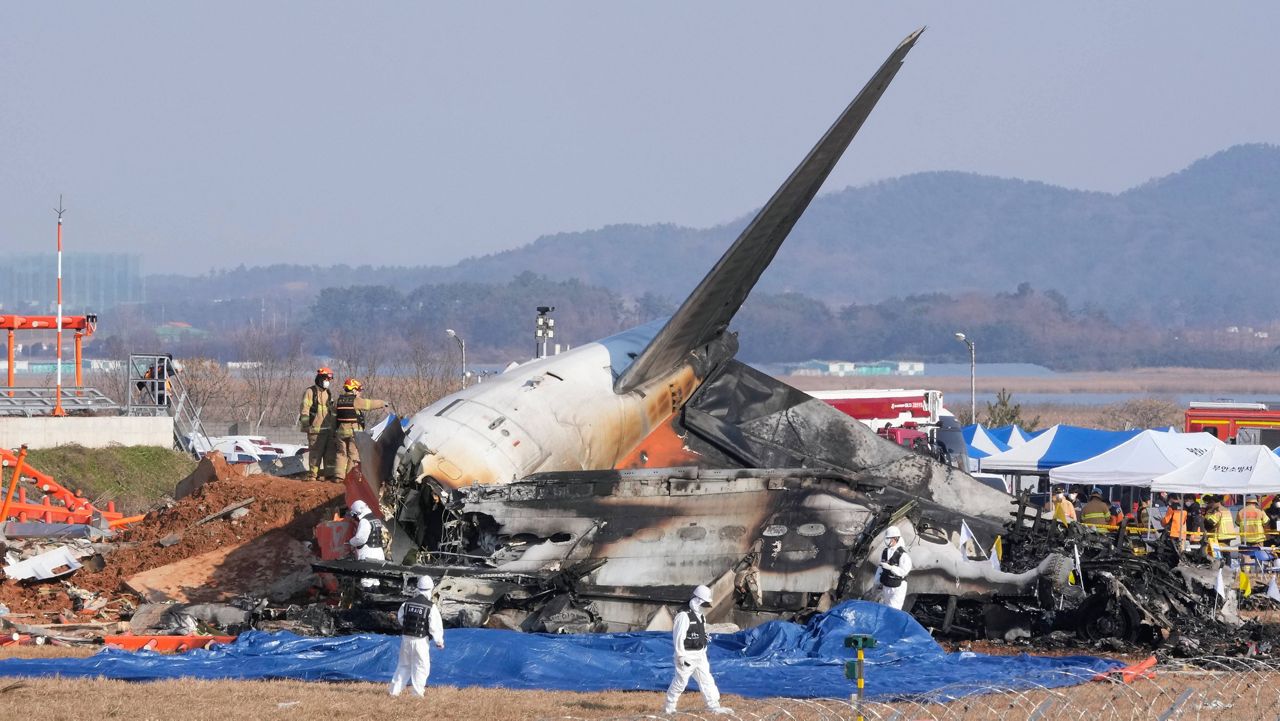South Korea plane crashes, while thankfully infrequent, hold significant historical weight. This exploration delves into the causes, impacts, and safety measures surrounding these tragic events, offering a balanced look at South Korea’s aviation history and its ongoing commitment to safety improvements. We’ll examine everything from the historical context of major crashes and their lasting effects to the technological advancements bolstering safety protocols today.
The South Korea plane crash investigations often utilize drone technology for detailed site surveys. For smaller, more agile inspections, a popular choice might be the lightweight dji mini 4 , offering high-resolution imagery crucial for piecing together accident details. This data is then vital in determining the cause of the South Korea plane crash and preventing future incidents.
We’ll investigate the common causes behind these incidents, ranging from pilot error and mechanical failures to weather conditions and air traffic control challenges. The economic, social, and political ramifications of these events will also be analyzed, along with the evolution of safety regulations and the role of technology in preventing future accidents. This isn’t just a recounting of past events; it’s a journey through the continuous effort to enhance aviation safety in South Korea.
A History of Plane Crashes in South Korea: South Korea Plane Crash
South Korea’s aviation history, like that of many nations, includes both periods of significant progress and tragic accidents. Understanding these events, their causes, and the subsequent safety improvements is crucial for maintaining high aviation safety standards. This article explores the historical context of plane crashes in South Korea, examining their causes, impacts, and the ongoing efforts to enhance safety.
Thinking about the devastating South Korea plane crash brings up the fragility of life. It makes you appreciate simple things, like the playful strategy involved in the jack and jill game , which, while seemingly trivial, requires coordination and careful planning, much like avoiding such tragedies. Understanding the complexities of air travel safety, following the South Korea plane crash, becomes even more crucial.
Historical Context of Plane Crashes in South Korea
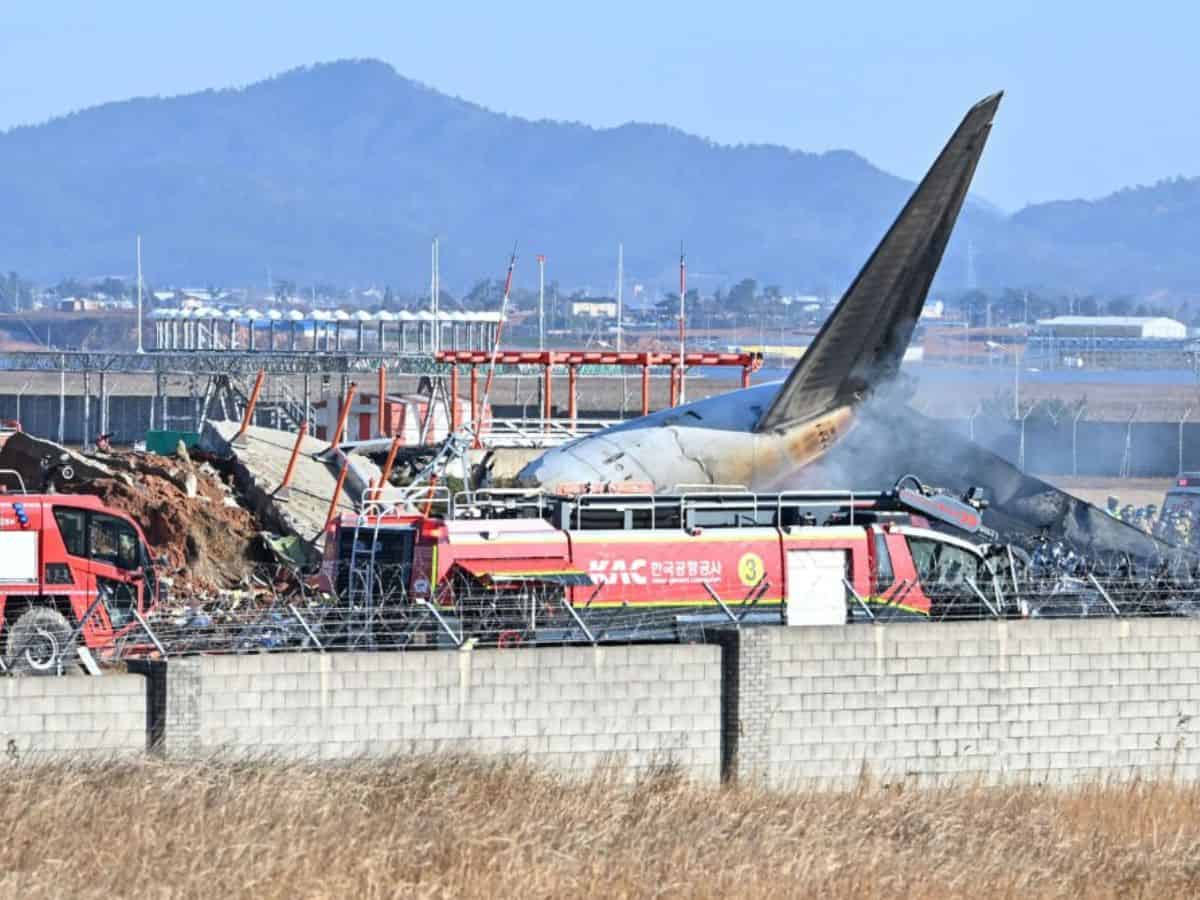
South Korea has experienced several significant plane crashes throughout its aviation history. These incidents have led to substantial improvements in safety regulations and procedures. Analyzing these events chronologically reveals a pattern of evolving safety measures and a gradual improvement in safety records.
| Airline | Aircraft Type | Date | Fatalities |
|---|---|---|---|
| (Example: Korean Air Lines) | (Example: Boeing 707) | (Example: 1970-07-26) | (Example: 23) |
| (Example: Asiana Airlines) | (Example: Airbus A320) | (Example: 2013-07-06) | (Example: 3) |
Following significant accidents, South Korea implemented various safety regulations and improvements, including stricter pilot training standards, enhanced maintenance procedures, and improved air traffic control systems. A comparison of South Korean airlines’ safety records with international counterparts reveals a general trend towards improved safety, although ongoing vigilance remains essential.
Causes of South Korean Plane Crashes
The causes of plane crashes in South Korea, like elsewhere, are multifaceted. A thorough analysis often reveals a combination of contributing factors rather than a single root cause. This section Artikels the most common contributing factors.
- Pilot error (e.g., improper handling of emergencies, spatial disorientation)
- Mechanical failure (e.g., engine malfunction, structural issues)
- Adverse weather conditions (e.g., severe turbulence, low visibility)
- Air traffic control issues (e.g., communication failures, inadequate coordination)
Recurring patterns in accident causes highlight areas needing continuous improvement, such as enhanced pilot training programs to better handle unusual situations and improved communication protocols within air traffic control systems.
Impact of Plane Crashes on South Korea
Plane crashes have significant short-term and long-term economic and social consequences for South Korea. These events affect the tourism sector, public confidence in aviation safety, and government policies.
For example, a hypothetical major crash involving a significant South Korean airline could result in immediate losses due to grounded aircraft, insurance claims, and legal settlements. Long-term effects could include decreased tourism, damage to the airline’s reputation, and a decline in investor confidence. The government would also incur costs associated with investigation, rescue efforts, and support for victims’ families.
National mourning periods and memorial services underscore the profound social impact of these tragedies.
Safety Measures and Regulations
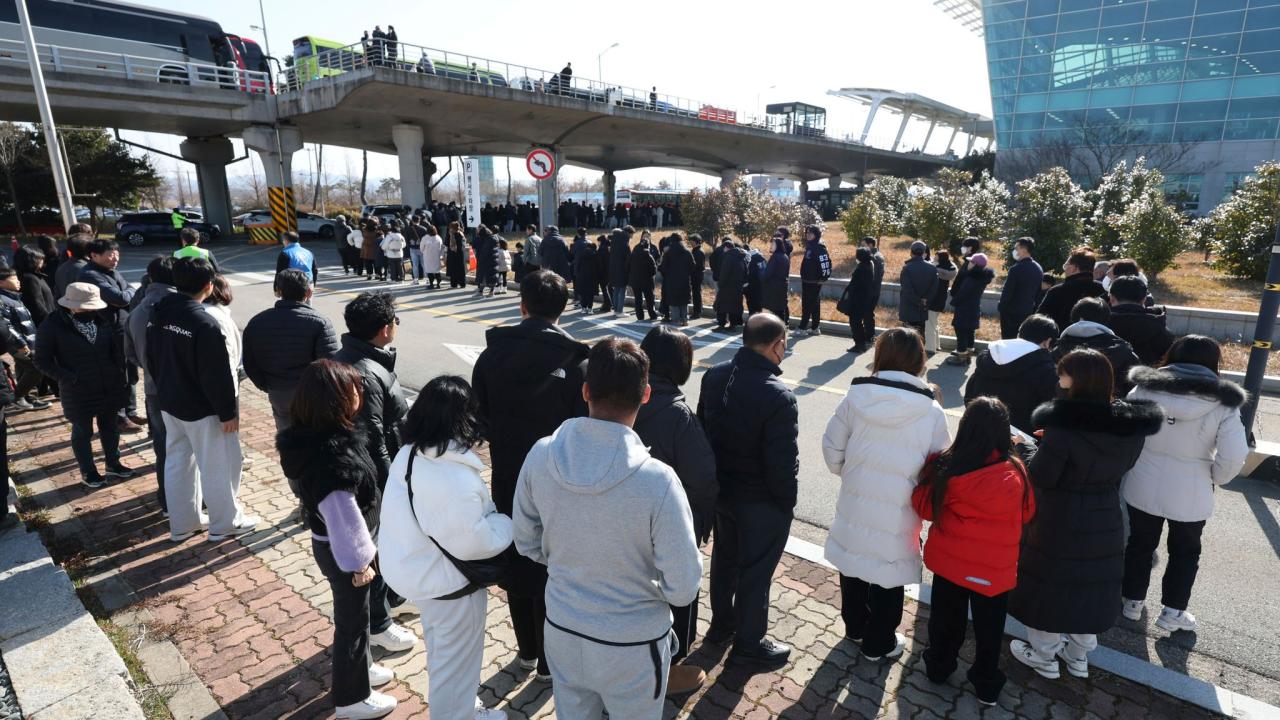
South Korea maintains robust aviation safety regulations aligned with international standards, although specific regulations and enforcement may vary. Several organizations play a critical role in ensuring aviation safety, including government aviation agencies, airlines themselves, and pilot unions. Each contributes to a complex system of checks and balances.
A typical aviation safety investigation following a plane crash involves multiple steps: initial response and securing the crash site, evidence collection, data analysis (including flight recorders), witness interviews, and the publication of a final report with recommendations for preventing future accidents. This process is often complex and time-consuming.
Thinking about the devastating South Korea plane crash brings up the fragility of life. It makes you appreciate simple things, like the playful strategy involved in the jack and jill game , which, while seemingly trivial, requires coordination and careful planning, much like avoiding such tragedies. Understanding the complexities of air travel safety, following the South Korea plane crash, becomes even more crucial.
Technological Advancements and Safety, South korea plane crash
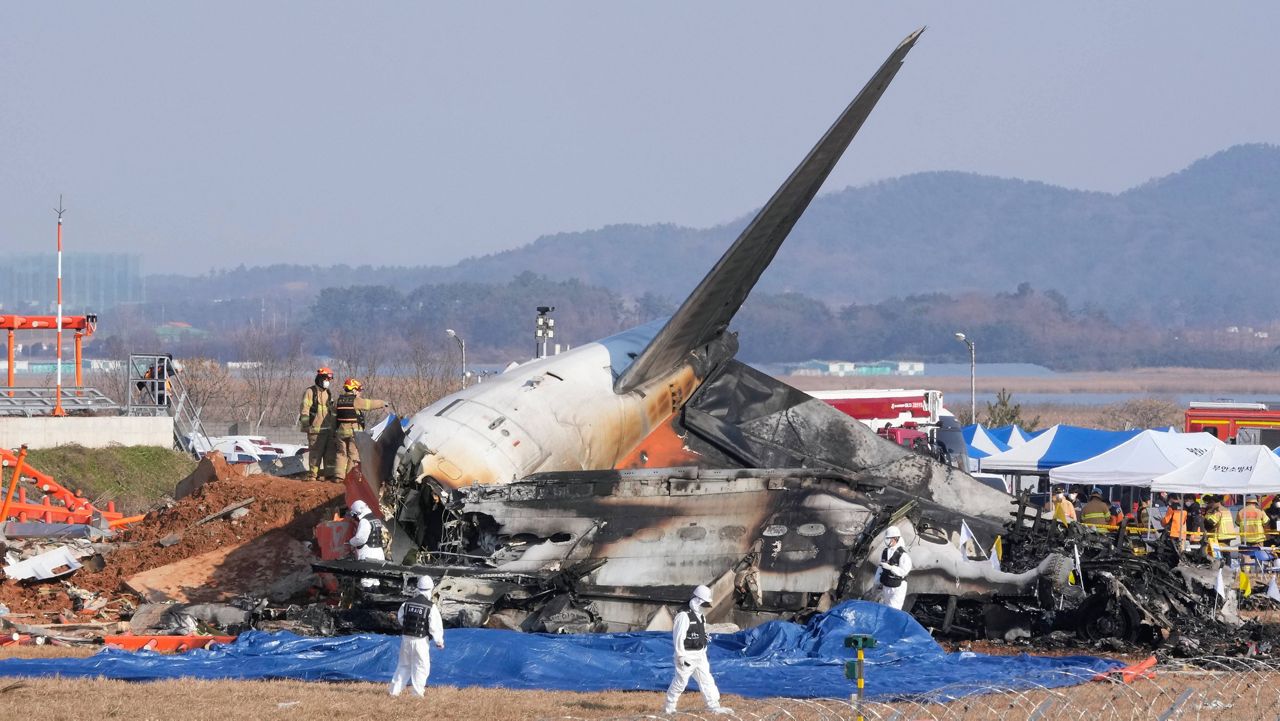
Technological advancements play a vital role in enhancing aviation safety in South Korea. The implementation of technologies such as flight data recorders (FDRs), cockpit voice recorders (CVRs), and collision avoidance systems (CAS) has significantly improved safety. These systems provide crucial data for accident investigations and contribute to preventative measures.
For instance, the adoption of Automatic Dependent Surveillance-Broadcast (ADS-B) technology, which provides real-time aircraft location data, has demonstrably improved situational awareness and reduced the risk of mid-air collisions. Hypothetical data comparing accident rates before and after ADS-B implementation could showcase the technology’s positive impact.
Public Perception and Media Coverage
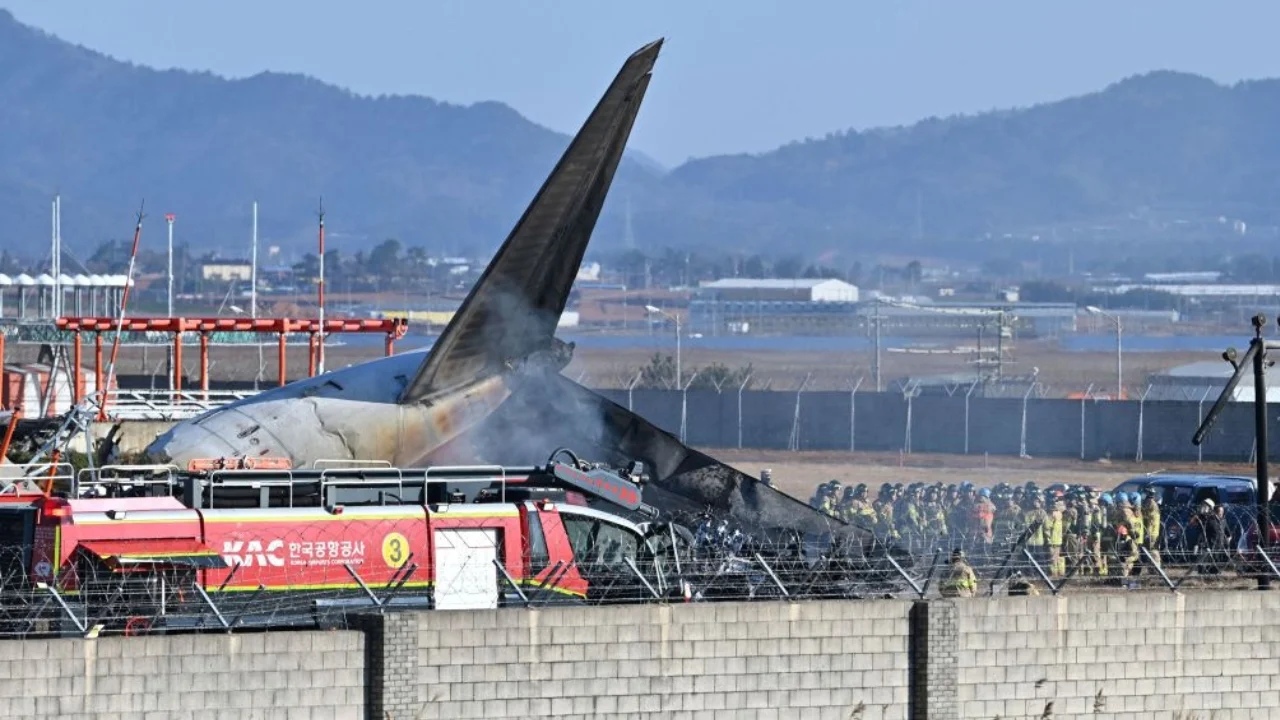
South Korean media typically provides comprehensive coverage of plane crashes, balancing factual reporting with sensitivity to the victims and their families. Public response is often characterized by a mixture of grief, anger, and calls for improved safety measures. Public pressure, fueled by media coverage, has influenced policy changes in aviation safety throughout history.
A hypothetical news report might detail the immediate aftermath of a recent crash, including emergency response efforts, the investigation process, and the emotional toll on the affected communities. The report would also likely include interviews with officials, experts, and family members of victims, reflecting the multifaceted impact of such events.
Concluding Remarks
Understanding the history of South Korea plane crashes provides crucial insights into the nation’s unwavering commitment to aviation safety. From examining past tragedies to analyzing current regulations and technological advancements, we’ve painted a picture of continuous improvement and adaptation. While the scars of past accidents remain, they serve as a testament to the dedication to learning, adapting, and preventing future occurrences.
The ongoing commitment to safety, fueled by rigorous investigation and technological innovation, paints a hopeful future for South Korean aviation.
Quick FAQs
What is the most common cause of plane crashes in South Korea?
While data varies, pilot error and mechanical failures are frequently cited as significant contributing factors, though specific percentages would require extensive research.
How does South Korea’s air traffic control system compare to international standards?
South Korea’s air traffic control system is generally considered to be modern and efficient, adhering to international standards and undergoing continuous improvement.
What compensation is available to victims of plane crashes in South Korea?
Compensation varies depending on the circumstances of the crash and the applicable laws and regulations. Legal counsel is typically necessary to navigate the complex compensation process.
How often do plane crashes occur in South Korea compared to other countries?
The frequency of plane crashes in South Korea is relatively low compared to many other countries with similar levels of air traffic, reflecting the nation’s commitment to safety.
